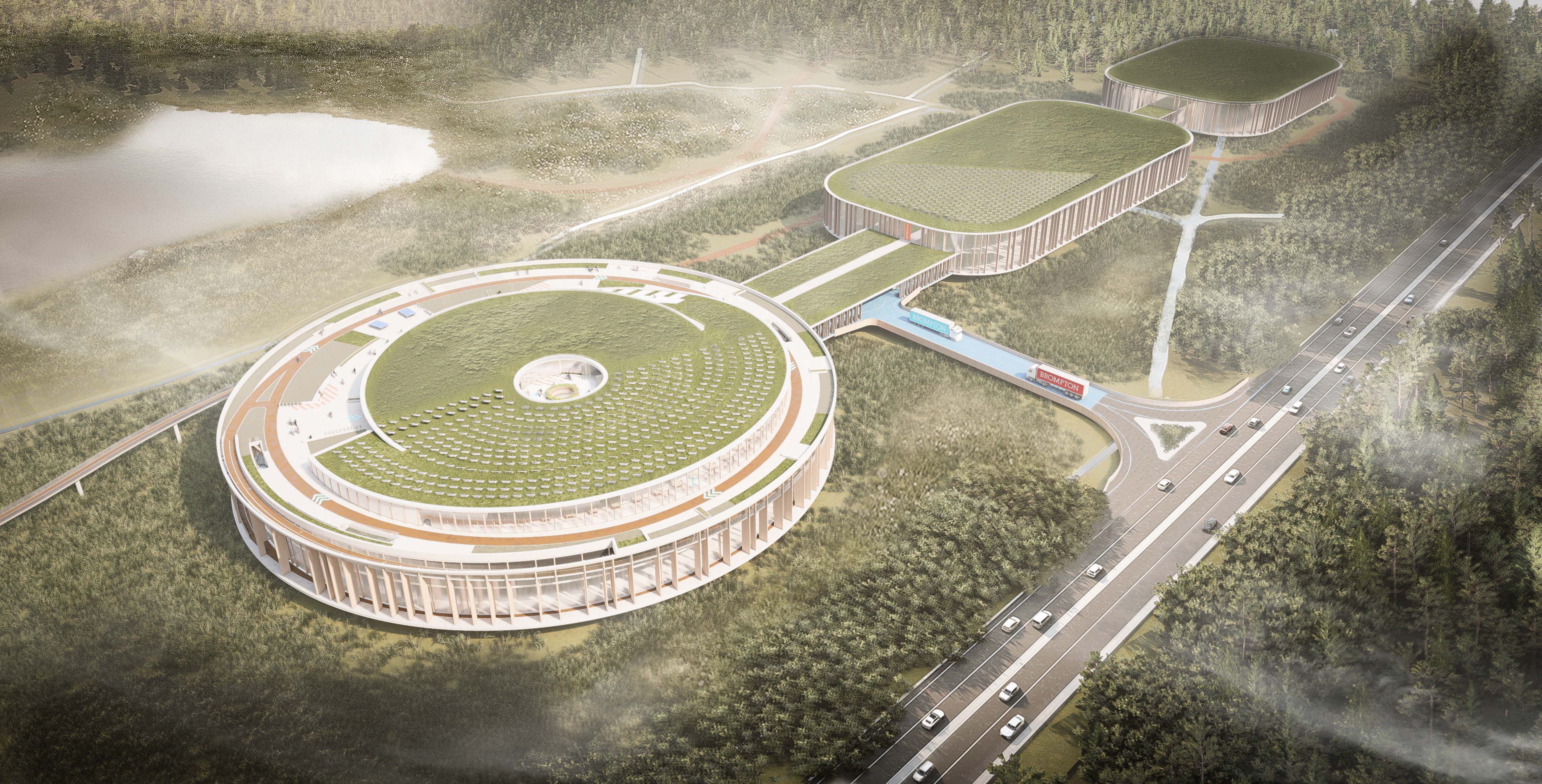
This planned factory deals with floods by using stilts
FLOODPLAINS are not typically considered to be auspicious building sites. That's especially true in 2022. Recent years have seen Europe hit hard by flood damage — 2021 alone saw hundreds of deaths and billions of dollars of property damage across the EU, and climate change is expected to further increase the frequency of catastrophic flooding.
Avoiding areas vulnerable to floods, however, is not a viable option either. With sea levels rising, floods are increasingly likely even in areas not historically at serious risk. Flooding is therefore going to become an increasingly important factor in design around the world. Much attention is being given to coastal barriers, both artificial and natural, but while providing an active mitigation against storm surges is helpful, designing individual sites with flooding in mind will provide an extra degree of resilience.
What does that design look like? One fascinating example is the planned Brompton Bikes factory at Ashford in Kent. When you think 'factory', you may envision a grim metal box, but Brompton are aiming higher. So high, in fact, that they're planning a factory on stilts.

Above: The planned Brompton Bikes Headquarters, raised 2.2 metres above the flood plain. Image courtesy Holloway Studio.
The benefits of having a factory raised more than two metres over a flood plain are obvious. But stilts aren't the whole story here. Hollaway Studio, the architects designing the project, are taking the opportunity to rethink what a factory can be. Gone is the drab grey box. Instead, the factory, scheduled to open in 2027, is a glass-fringed circle, with warm, natural interiors. State-of-the-art insulation, ground-source heat pumps and solar panels will add to Brompton's environmental bona fides, although they'll also help push the construction cost significantly higher than a more mundane industrial building — the company plan to invest as much as £100m into their new project.
This is more than a factory. Brompton plan on using the facility to house their designers and creative team, plus a Brompton Museum, recreational areas, and a canteen. And the building itself might not be the most impressive part of the new initiative. A major part of flood control includes recovering the natural environment, so instead of surrounding the factory with impermeable tarmac-ed parking spaces, Brompton plan to restore dozens of hectares of wetland, constructing pedestrian and bike trails from nearby Ashford International train station for employees to commute.
All of this represents a dramatic shift away from traditional industrial methods, but as we move into unprecedented times and think more holistically about the systems major project impact, it's worth taking the time to reimagine how we do things. If Brompton can indeed their bring vision of a sustainable, 200,000-bicycle-per-year factory to life, the future of industry might look something very much like this.

Above: A rendering of the interior of the Brompton Bikes factory. Image courtesy Holloway Studio.







